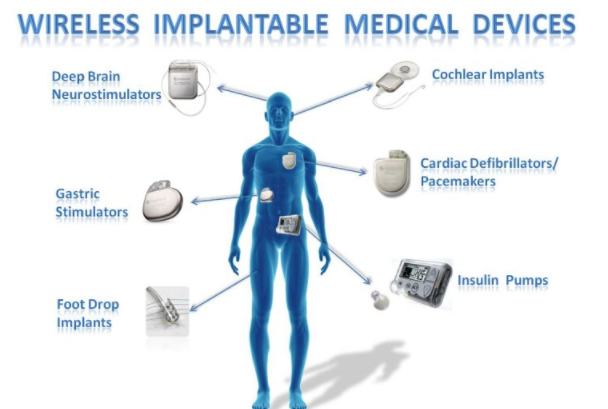In vitro wireless power supply technology is expected to promote new medical applications
A research project in collaboration with Massachusetts Institute of Technology (MIT) and Brigham and Women's Hospital affiliated with Harvard Medical School has developed a new method for powering and communicating with implanted devices in the human body. These devices are powered by radio waves instead of batteries. It is used to deliver drugs, monitor the condition of the body, or use current and light to stimulate the brain to treat diseases. According to reports, these implanted devices can safely pass through human tissues, and because they do not require batteries, the volume can be reduced. The prototype used by the researchers to test is only the size of rice grains, and the volume can be further reduced. Fadel Adib, an assistant professor at the MIT Media Lab, said that although these micro-implanted devices do not have batteries, they can still communicate remotely in vitro, opening a new door for medical applications. Implantable medical devices provide new methods for doctors to diagnose, monitor, and treat diseases. Assistant professor Giovanni Traverso said the laboratory is currently studying various absorbable systems that can be used to deliver drugs, monitor vital signs, and detect gastrointestinal motility. At present, implantable medical devices such as heart rhythms have their own batteries, which not only occupy most of the space but also have a limited life span. Implanting current-carrying electrodes in the brain is used in so-called deep brain stimulation techniques, usually used to treat Parkinson's disease or epilepsy. These electrodes are controlled by devices implanted under the skin, which can be replaced if wireless power is used. It's just that the strength of the radio wave will weaken after passing through the body, so that it can't provide enough power. In order to overcome this, the researchers designed an in-vivo network system called IVN. This system relies on the antenna array to emit radio waves with slightly different frequencies. When the radio waves propagate, they overlap and combine in different ways. The specific wave point will provide enough energy to power the implanted sensor. Due to the large power transmission area of ​​the new system, researchers not only do not need to know the exact location of the sensor in the body, they can also power multiple devices at once. When the sensor receives power, it also receives a signal telling them to send the information back to the antenna. This signal can also be used to stimulate drug release, surge current, or pulsed light. According to tests conducted by researchers on pigs, these radio waves can send power from a distance of 1 meter outside to a sensor 10 cm deep inside the body. If the sensor is located very close to the surface of the skin, then these radio waves can be powered up to 38 meters away. Adib said that the depth of the device will affect the distance of remote power supply, and researchers are working to improve the power transmission efficiency and increase the transmission distance. This technology has the potential to improve RFID applications in other areas, such as inventory control, retail analysis, and smart environments, enabling more distant object tracking and communication. The research was funded by the Media Lab Alliance and the National Institutes of Health. The paper will be presented at the SIGCOMM conference in August. 